North Indian neglect of South Indian history is shameful
Justice Katju writes that "For long, North Indians have regarded South India as a dark land populated by uncivilized barbarians, unaware of their great achievements in various fields."
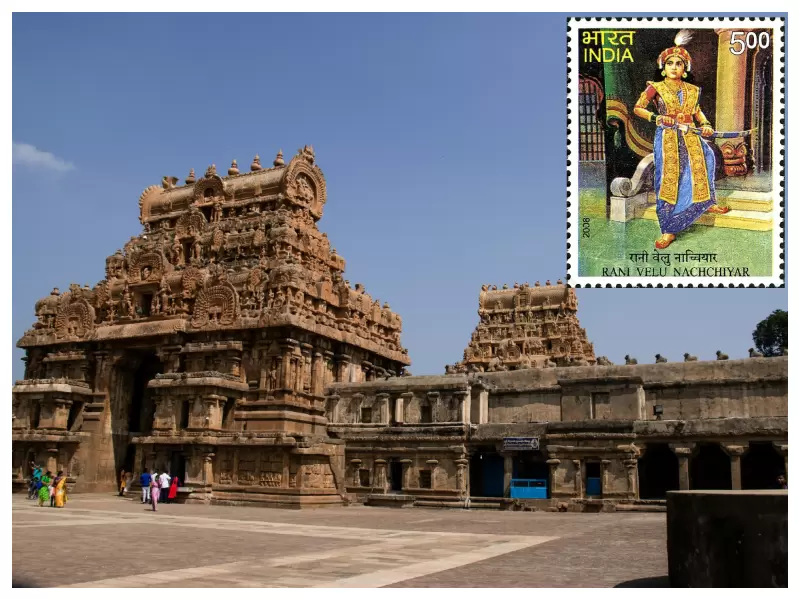 South Indian Temple and Velu Nachchiyar on a 2008 stamp of India. / Unsplash, Wikipedia
South Indian Temple and Velu Nachchiyar on a 2008 stamp of India. / Unsplash, Wikipedia
While reading the Tamil poet Ilango’s epic ‘Silappathiharam’ I came across these lines: “May the Pandya king prosper, who ruled over the south, after conquering the Ganga and the Himalayas in the north (Silappathiharam 11:2 : 17-22).”
At first, I thought this was only poetic exaggeration since I had heard of North Indian kings or armies that had invaded the south, but I had never heard of a South Indian king who had invaded North India.
However, I later read credible accounts that a South Indian king (perhaps Rajendra Chola) had indeed led a Napoleonic invasion of North India up to the Ganga, and even beyond (apart from invading Sri Lanka, the Malaya peninsula, southern Thailand, etc., which shows that he had not only a strong army, but also a powerful navy).
This shows how ignorant most of us North Indians are of the history of South India, and this is indeed a matter of shame.
All Indians (including South Indians) have read in their school history books of the great Mauryan Empire, the Gupta Empire, the Empire of Harshavardhan, the Mughal Empire and others.
But how many North Indians have heard of Krishnadeva Raya of the Vijayanagar Empire (whose statue, along with his two queens, still stands in the Tirupati temple), or of the great Chola and Pandya kings? Regrettably, very few.
South Indians have all read about the Rani of Jhansi, who fought bravely against the British. But does any North Indian know about Rani Velu Natchiar, who also fought bravely against the British? Probably not.
Most Indians have read the Ramayana and Mahabharata, which were epics about North Indian kings, and most North Indians have read the works of Surdas, Tulsidas, Kabir, and in more recent times the stories of Sharad Chandra Chattopadhyay, Munshi Premchand, etc.
But how many North Indians have read the great Tamil epics ‘Silappathiharam’ or ‘Manimekalai,’ or the great Tamil treatise ‘Tirukkural’ by Tiruvalluvar (about whom the Tamil poet Subramania Bharati wrote “Tamil Nadu is known throughout the world because of Tirukkural”), the ‘Tiruppavai’ by the poet-saint Andal, which is sung in the month of Maarghai (Maagh or January) all over Tamil Nadu, or the great poetry of Subramania Bharati, who wrote powerful verses for women’s emancipation around 1910 when no Indians even conceived of the idea? Very few.
North Indians know of Hindustani music, but how many know of Carnatic music and its trinity of Tyagaraj, Muthuswami Dikshitar and Shyama Shastri? Hardly any.
How many North Indians have heard of the Keralite social reformer Narayana Guru, who belonged to the low-caste Ezhava community and fearlessly criticized and campaigned against the inhuman caste system? Practically none.
For long, North Indians have regarded South India as a dark land populated by uncivilized barbarians, unaware of their great achievements in various fields. Indeed, in the Ramayana, Kishkindha, which is believed to be in the present state of Karnataka, was regarded to be a land populated by monkeys, not humans, from whom Lord Rama raised a vaanar sena (monkey army) to invade Sri Lanka. Many North Indians still, regrettably, look down on South Indians.
When I became chief justice of the Madras High Court in 2004, in my spare time I made a deep study of South Indian (particularly Tamil) history, culture and literature, and realized that the knowledge of South Indian history, culture and literature among North Indians was almost nil and was lamentable.
South Indian temples are massive and unbelievable unless one visits them, and they reveal the high level of knowledge of architecture and geometry of the ancient and medieval South Indians. For example, the Brihadishvara temple of Tanjore is simply astounding, and one wonders how the builders could use such huge stones in building it (which reminds one of the Egyptian pyramids).
The gigantic rock relief ‘Descent of the Ganges’ in the ancient port city of Mahabalipuram, capital of the Pallava Empire, is truly amazing.
If we really wish for national integration we must teach South Indian history and culture in our schools to our children. South India has produced great scientists like C.V. Raman, Chandrashekhar (both Nobel Prize winners), great mathematicians like Ramanujan (Fellow of the Royal Society), and great artists like Raja Ravi Verma.
To be a truly united nation, North Indians must know all this.
The author is a former Judge of the Supreme Court of India.
(The views and opinions expressed in this article are those of the author and do not necessarily reflect the official policy or position of New India Abroad.)
ADVERTISEMENT
ADVERTISEMENT
E Paper
Video



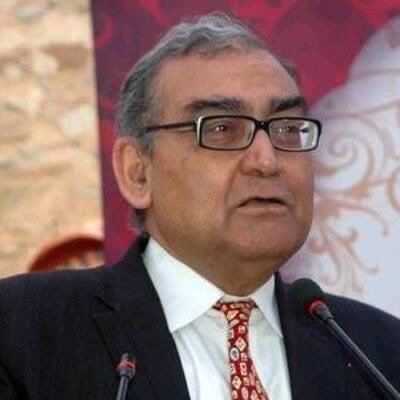 Justice Markandey Katju
Justice Markandey Katju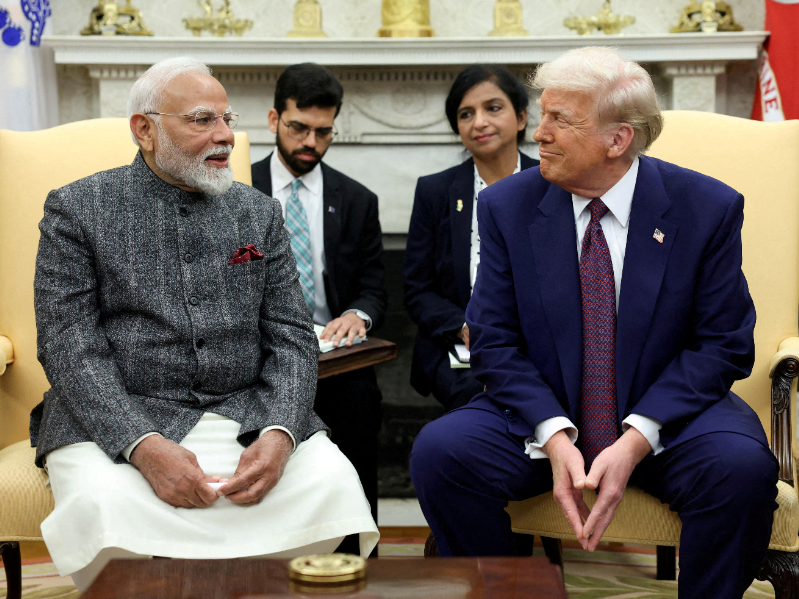



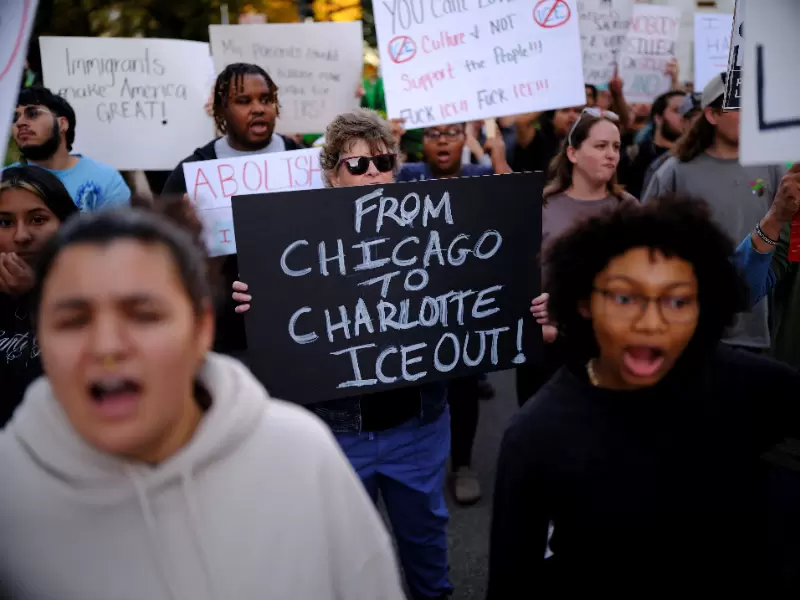
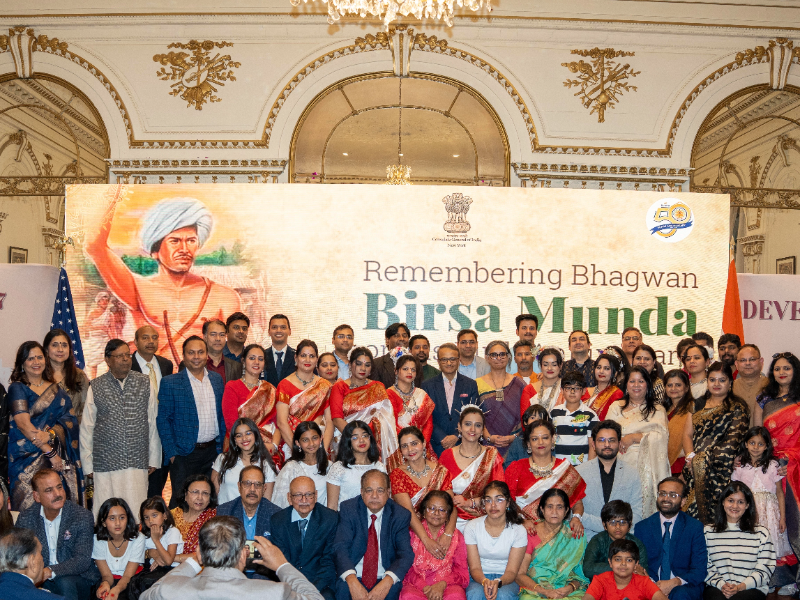
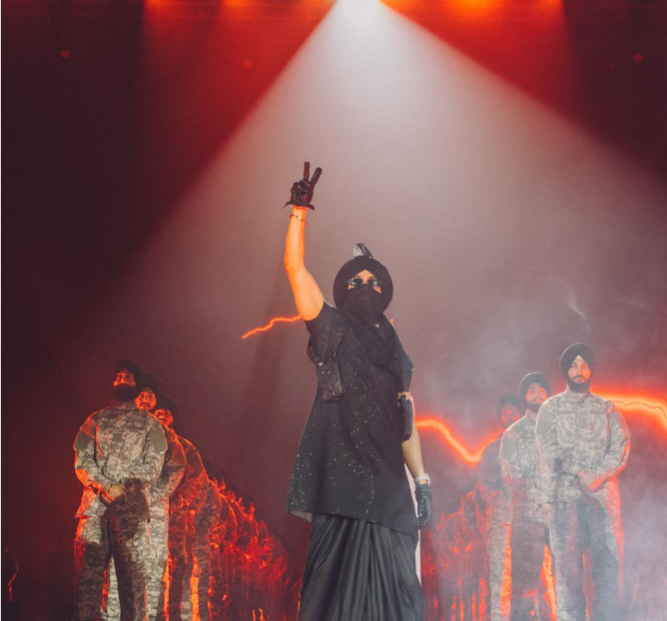
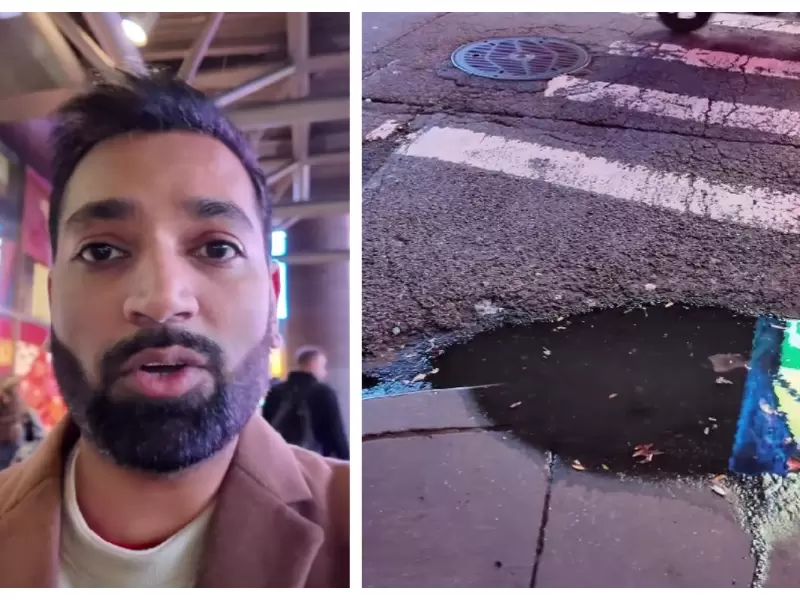


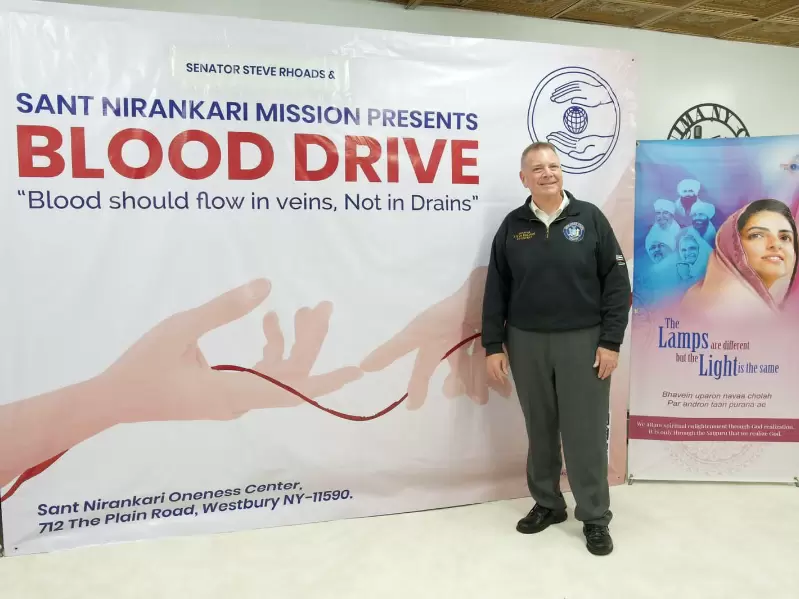
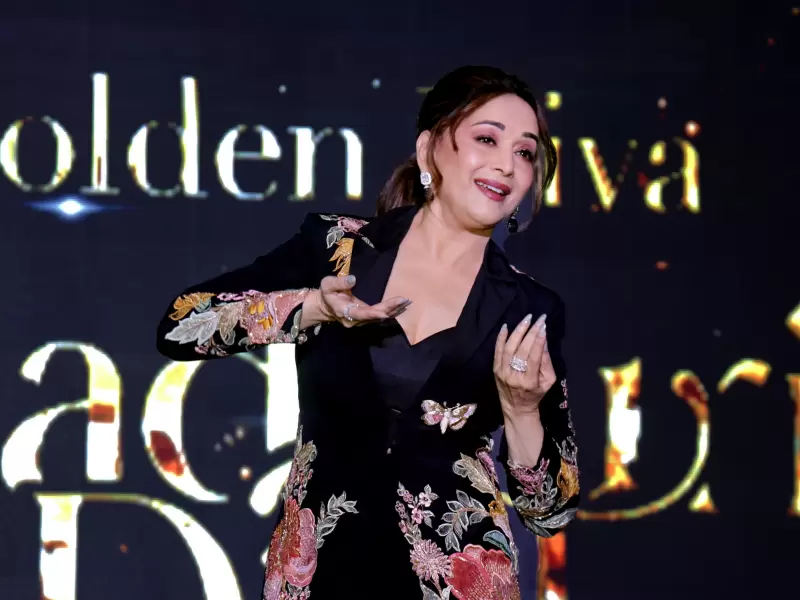

Comments
Start the conversation
Become a member of New India Abroad to start commenting.
Sign Up Now
Already have an account? Login